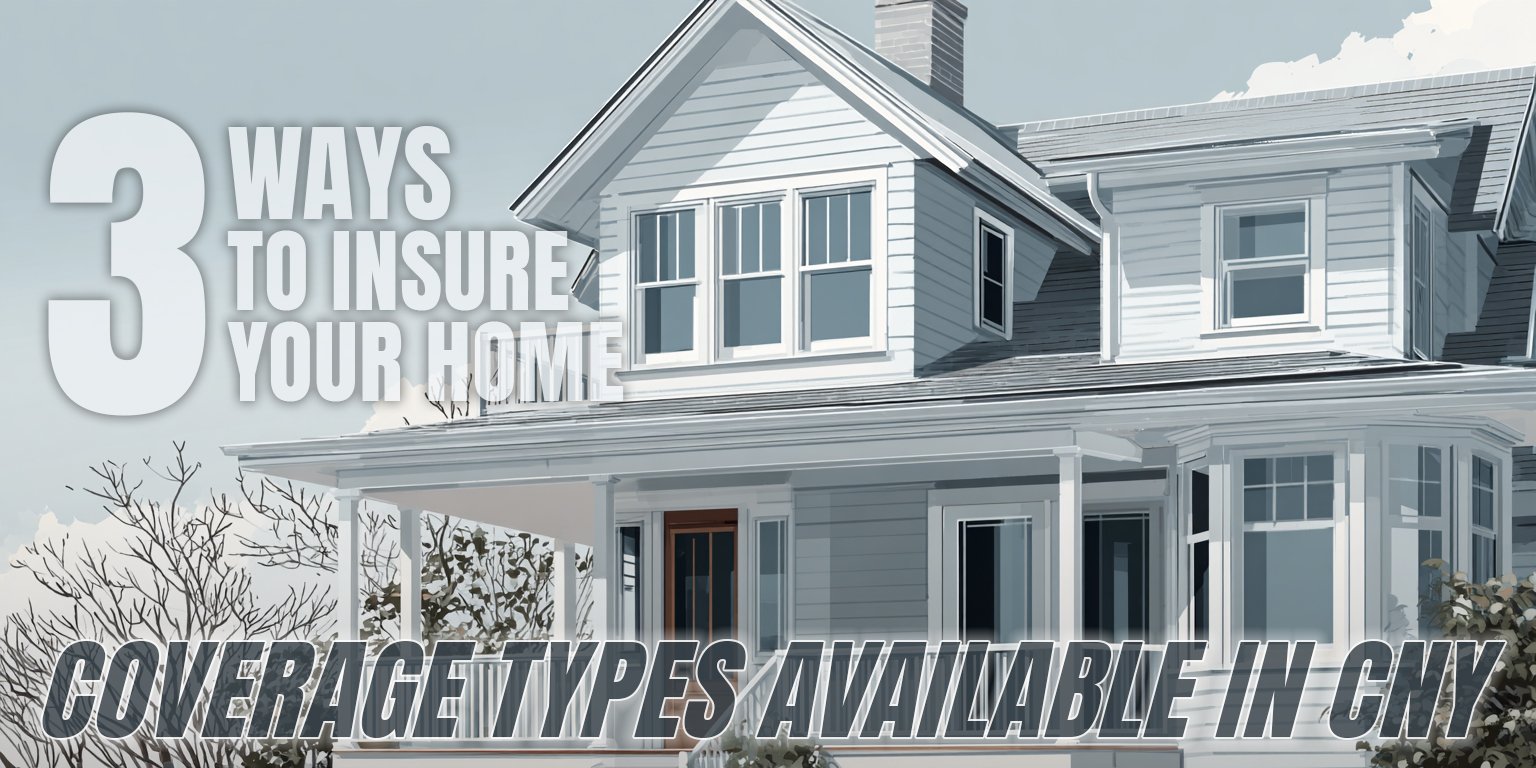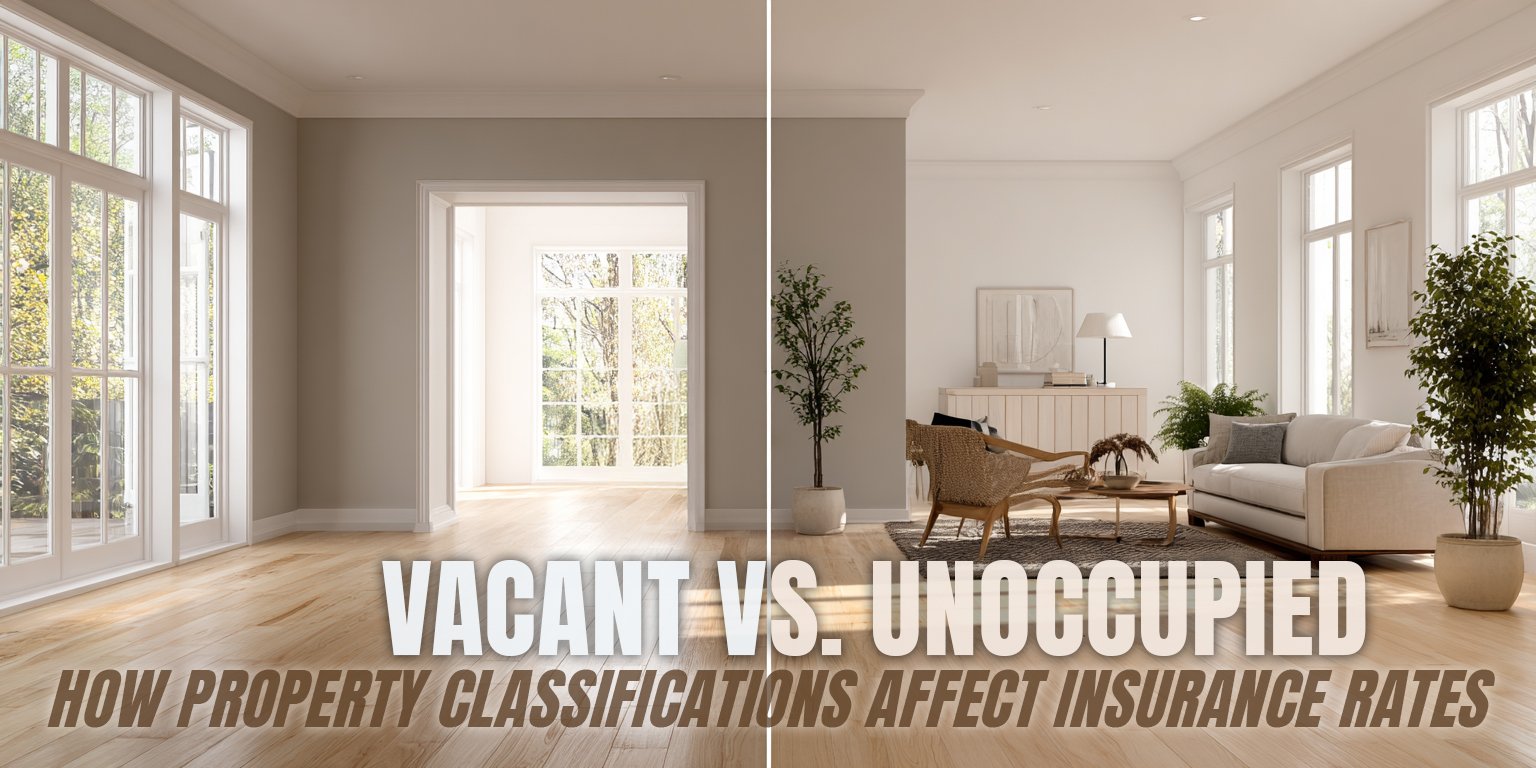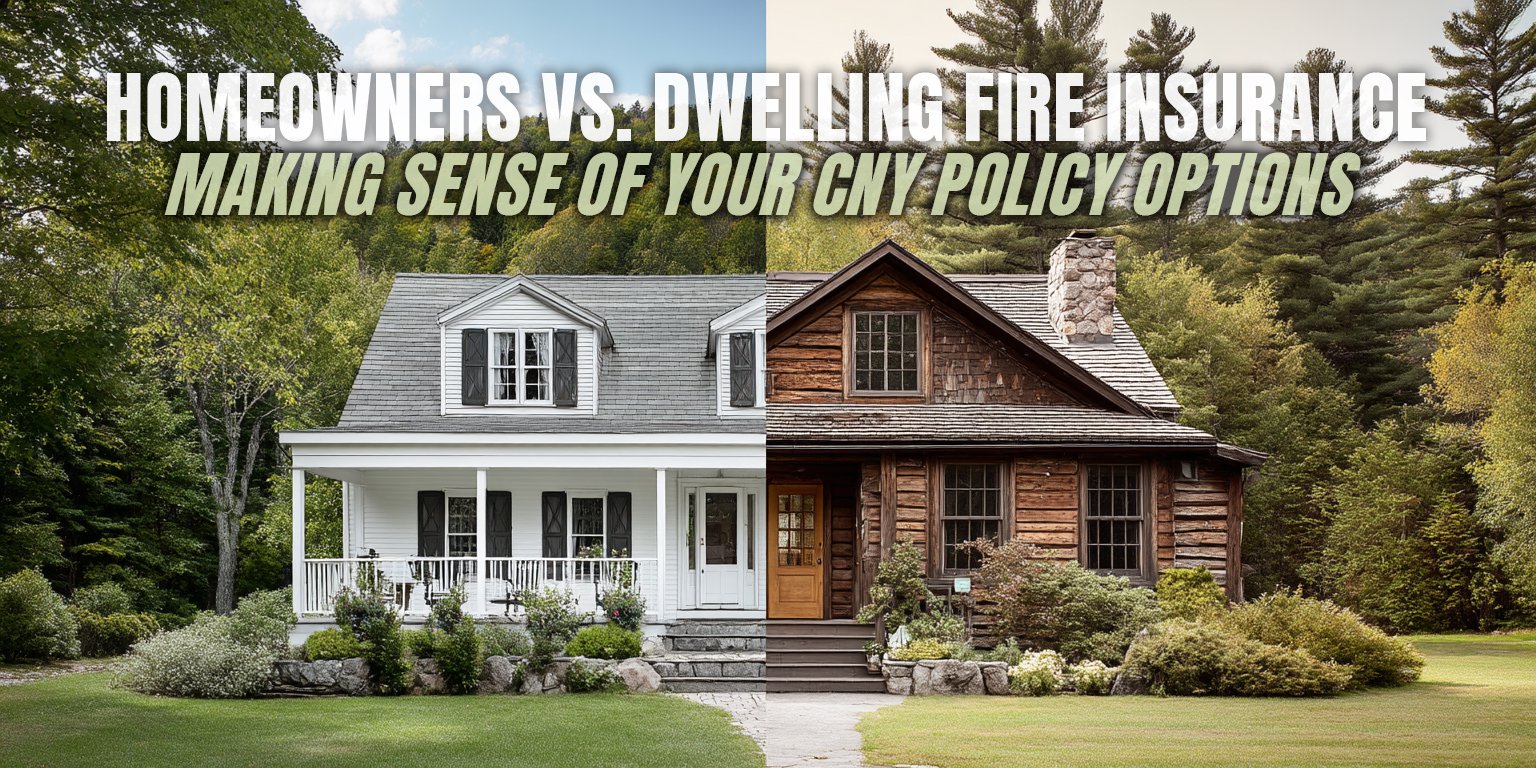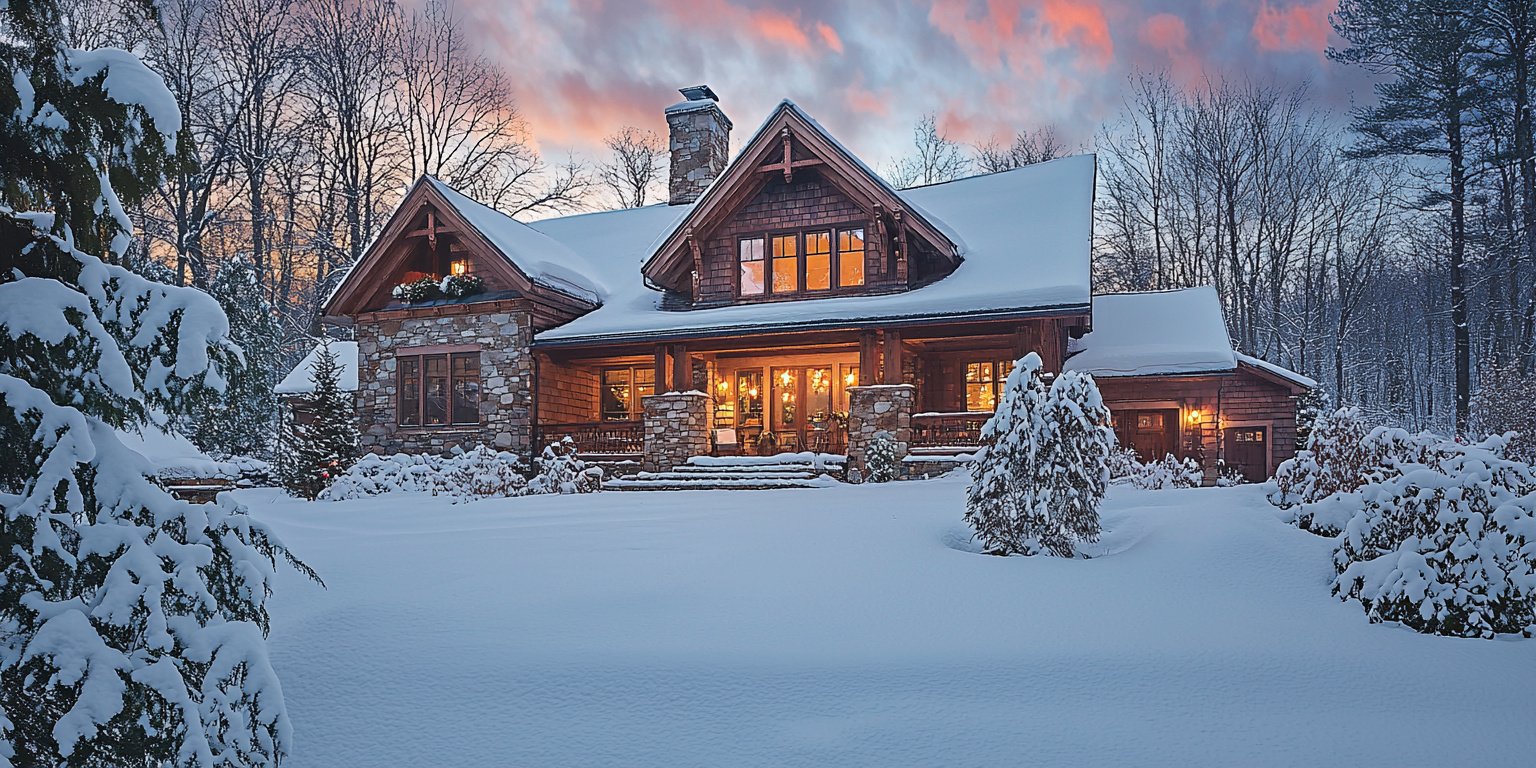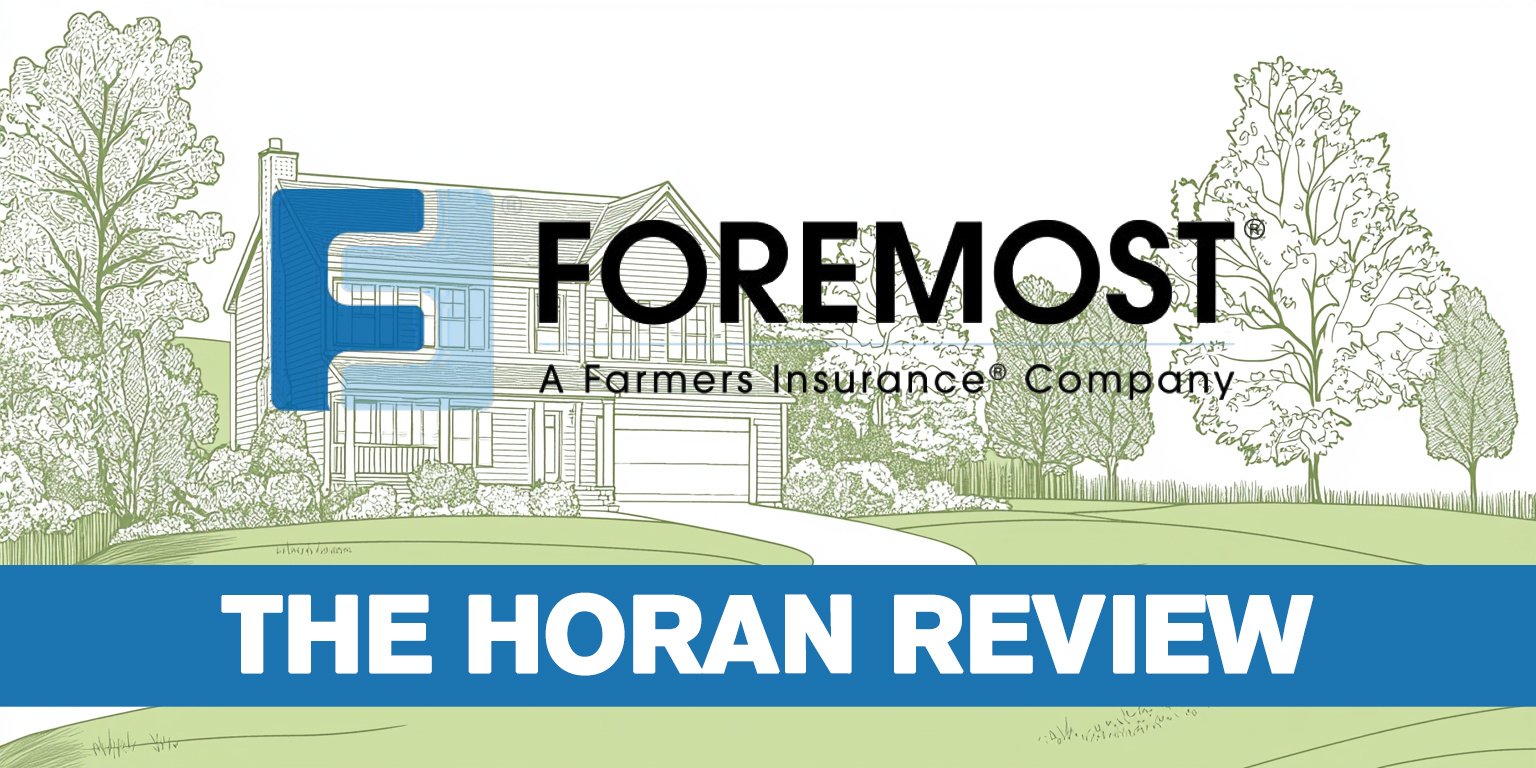Why Standard Insurance Policies Exclude Common Risks: Policy Gaps in Central New York
August 13th, 2025
4 min read

You pay substantial premiums for insurance, yet when you file a claim, you discover that the damage isn't covered. Flood damage, earthquake damage, water backup, or collectibles—these situations often leave property owners frustrated and wondering why their policy doesn't cover what seems like standard risks.
This experience creates confusion about what insurance actually covers and why certain perils require separate policies.
At the Horan insurance agency, we help property owners throughout the region understand which types require separate policies or endorsements. We work with multiple carriers to help clients explore options that may address gaps in standard policies.
In this article, we'll explore why carriers exclude certain types, what risks commonly require additional policies, and how to evaluate whether these options make sense for your situation.
How Carriers Keep Base Premiums Manageable
Insurers exclude high-risk, high-cost elements from standard policies to keep base premiums affordable for the majority of customers. If carriers included flood, earthquake, water backup, and collectibles provisions in every standard policy, premiums would increase dramatically for all policyholders.
These excluded elements present unique challenges for carriers. Flood damage, for example, can affect large geographic areas simultaneously, creating massive claim volumes that dwarf typical property losses. Earthquake damage follows similar patterns, potentially affecting thousands of properties in a single event.
Learn more about flood insurance and earthquake coverage.
Sewer and Water Backup
Water backup provisions present different challenges. While not as geographically widespread as flood damage, water backup claims can be expensive to settle and difficult to predict. Sewer system failures, heavy rainfall overwhelming drainage systems, or equipment malfunctions can cause significant damage to finished basements and ground-floor areas.
Learn more about coverage for water and sewer backup.
Insuring Your Most Valuable Things
Collectibles provisions create valuation challenges. Unlike standard household items with established replacement costs, collectibles often have subjective values that fluctuate based on market conditions and buyer interest. This variability makes it difficult for carriers to predict claim costs accurately.
Learn how to insure your valuables by reading our article: Scheduled Personal Property Coverage: Insuring Your Most Valuable Things.
Learning What Standard Policies Actually Cover
Basic homeowners policies cover specific "named perils" or "all risks" subject to exclusions, but they don't cover everything. Learning these limitations helps property owners make informed decisions about additional options.
Water damage provides a clear example of policy limitations. Standard policies typically cover sudden and accidental water damage from burst pipes or appliance malfunctions. However, they exclude flood damage (water entering from outside the structure), gradual water damage, and often water backup from sewers or drains.
This distinction matters significantly in the region, where seasonal weather patterns can create various water-related risks. Spring snowmelt, summer thunderstorms, and aging infrastructure in cities like Syracuse, Oswego, and Rome can contribute to different types of water damage—some covered by basic policies, others requiring separate provisions.
Earth movement exclusions work similarly. Basic policies don't cover damage from earthquakes, landslides, or ground settling. While major earthquakes are less common in the region compared to other areas, they do occur and can cause significant damage when they happen.
Common Policy Gaps That Require Additional Options
Several elements consistently appear as gaps in basic policies. Learning these gaps helps property owners evaluate whether additional options make sense for their situation and budget.
Flood insurance represents the most common gap. Many properties outside designated flood zones have experienced flood damage from severe weather events, equipment failures, or unusual circumstances. Basic homeowners policies exclude flood damage regardless of the cause, making separate flood insurance the only way to address this risk.
Water backup often surprises property owners during claims. Finished basements, ground-floor family rooms, or lower-level business spaces can suffer significant damage when sewers back up or drainage systems fail. A finished basement might cost $25,000 or more to restore after water backup damage, yet basic policies typically exclude this entirely.
Some carriers offer limited water backup automatically, perhaps $2,500 or $5,000, but this amount rarely covers complete restoration costs. Adding sufficient water backup requires a separate endorsement with appropriate limits.
Collectibles affect property owners with valuable collections, art, jewelry, or other specialty items. Basic policies provide limited amounts for these items, often capping at $2,500 total or $1,500 per item. If you own items worth more than these limits, you may want separate policies to address their full value.
Learn more about policy exclusions.
How to Evaluate Whether Additional Options Make Sense
Deciding whether to purchase additional policies involves weighing the cost against your potential financial exposure. This evaluation varies significantly based on your specific situation, property characteristics, and financial capacity to handle uncovered losses.
Consider flood insurance for a property outside designated flood zones. The annual premium might cost $700, but flood damage could easily reach tens of thousands of dollars. If you can comfortably absorb a $30,000 loss, you might choose to accept this risk. If such a loss would create significant financial hardship, the annual premium might represent worthwhile coverage.
Water backup decisions follow similar logic. If you have a finished basement worth $40,000 to restore, paying $200 annually for adequate water backup may represent worthwhile value. If your basement is unfinished with minimal contents, this option might be less critical.
Location factors influence these decisions significantly. Properties near bodies of water, in areas with aging sewer systems, or in regions with specific geological characteristics might benefit more from certain additional options.
Business owners face similar decisions with their commercial policies. Learning what your business owners policy excludes helps you evaluate whether additional endorsements or separate policies make sense for your operations.
Working with Carriers That Offer Adequate Limits
Different carriers offer varying approaches to excluded elements. Some carriers provide generous automatic amounts for certain risks, while others require you to purchase everything separately. Some carriers cap additional options at levels that might not meet your requirements.
For example, one carrier might limit water backup to $15,000 maximum, while another carrier allows $100,000 or more. If you have a finished basement, the carrier offering higher limits might be worth considering even if their base premium is slightly higher.
This variation in options and limits makes it important to understand not just what you can add, but how much you can obtain. A lower-cost policy that caps important elements below your requirements might not provide the value it appears to offer.
Commercial policies present similar considerations. Different carriers structure their additional options differently, affecting both what you can add and how much you can obtain.
Making Informed Decisions About Policy Gaps
Carriers exclude certain elements to keep base premiums manageable, but this creates gaps you may want to evaluate for your specific situation. Learning why these exclusions exist and what options are available helps you make informed decisions about your requirements.
Rather than assume your policy covers everything that might happen, review what your basic policy excludes and evaluate whether additional options make sense for your situation. This approach helps you avoid surprises during claims and ensures your policy aligns with your actual risk exposure.
The Horan insurance agency helps property owners throughout the region learn about policy gaps and explore additional options. We can discuss what different carriers offer for excluded elements and help you evaluate whether these options may address your specific requirements.
Click the Get a Quote button below to learn more about policy gaps and additional options that might benefit your situation.
Daniel is an accomplished content creator. He has been working in publishing for almost two decades. Horan Companies hired Daniel as its content manager in November 2022. The agency entrusted its messaging to him. Since then, Daniel has written insurance articles, service pages, PDF guides, and more. All in an effort to educate CNY readers. He's helping them understand the world of insurance so they can make informed decisions.
Topics:















